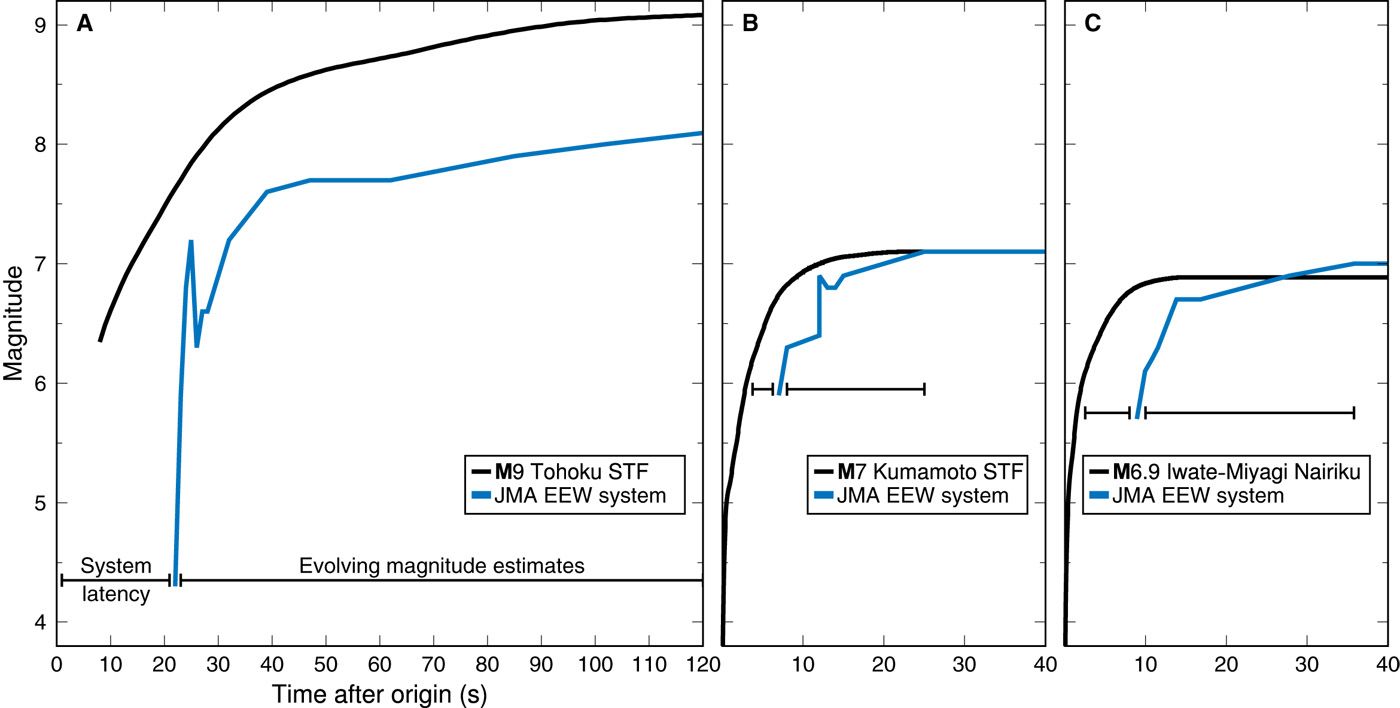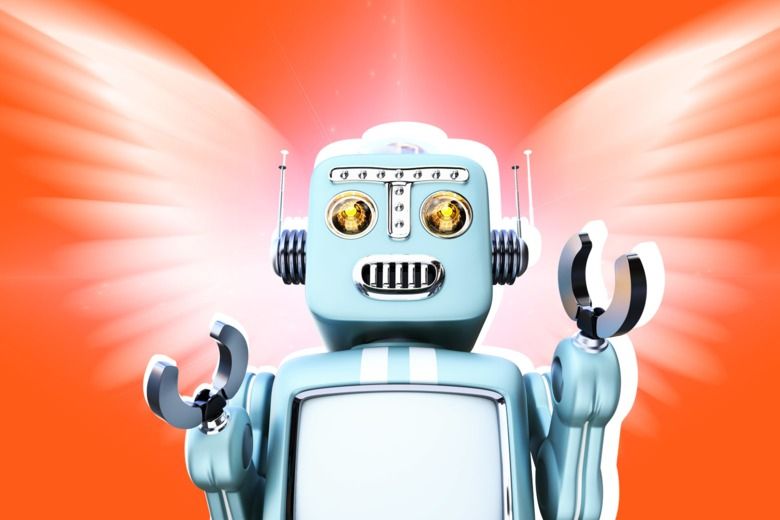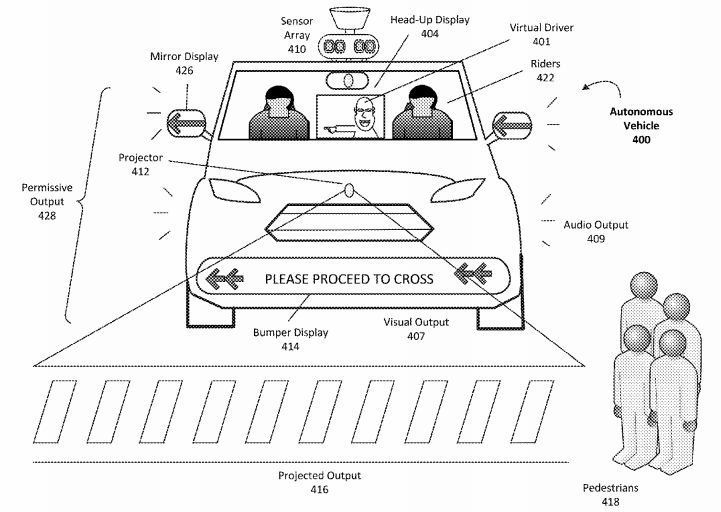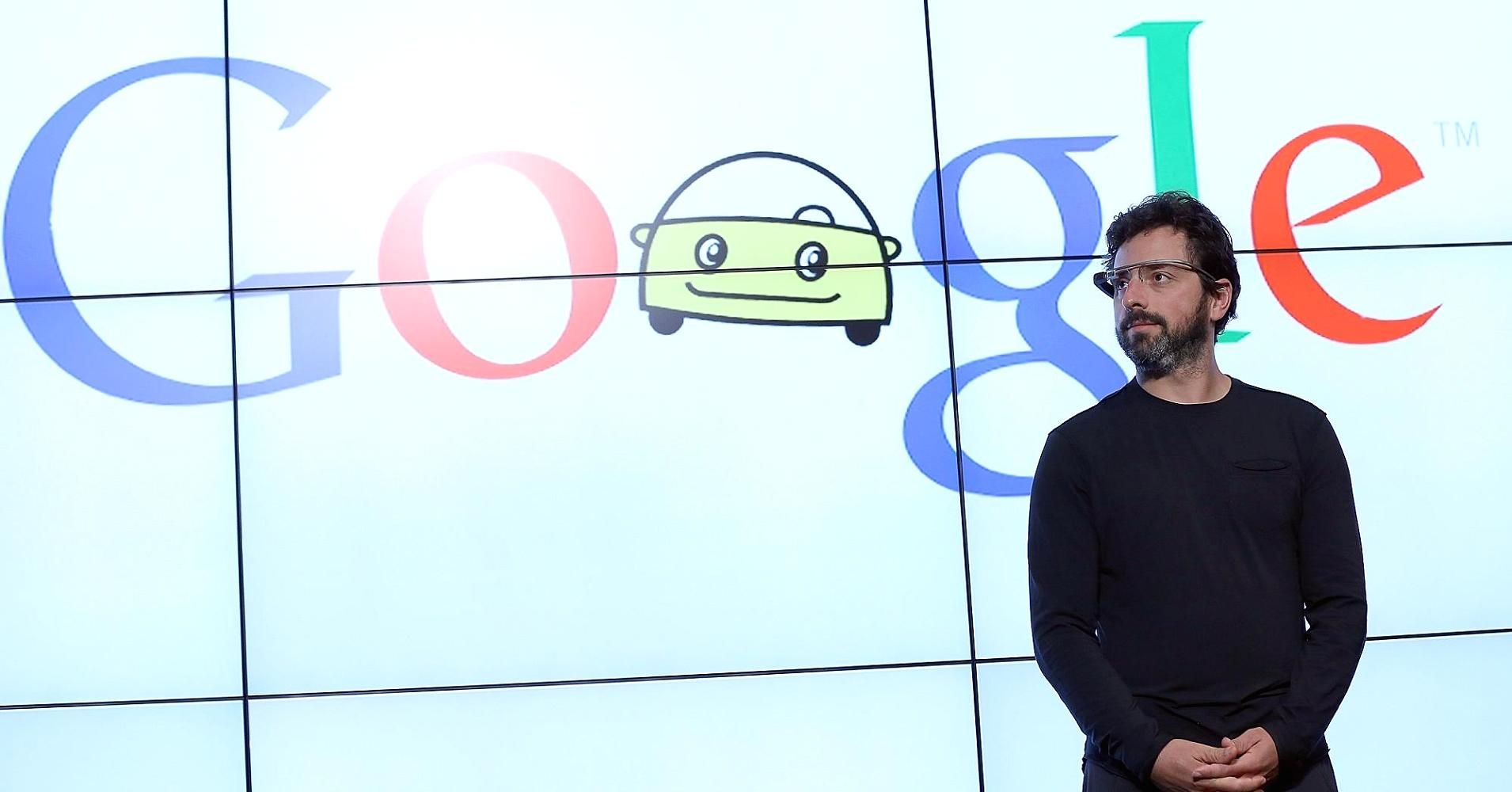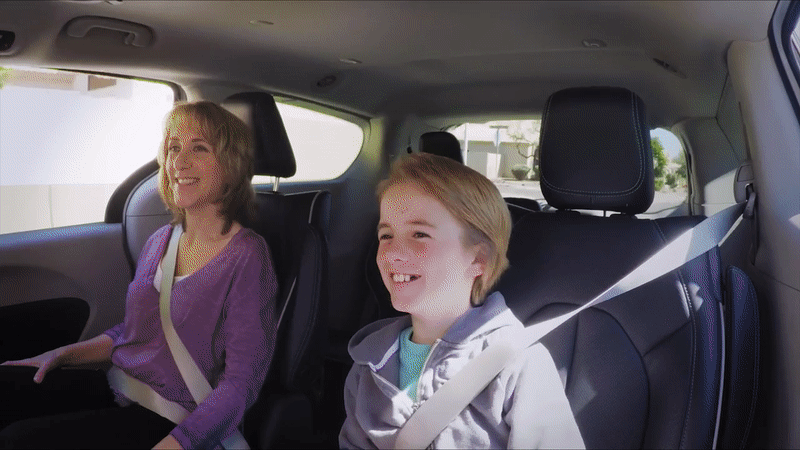The basic physics of earthquakes is such that strong ground motion cannot be expected from an earthquake unless the earthquake itself is very close or has grown to be very large. We use simple seismological relationships to calculate the minimum time that must elapse before such ground motion can be expected at a distance from the earthquake, assuming that the earthquake magnitude is not predictable. Earthquake early warning (EEW) systems are in operation or development for many regions around the world, with the goal of providing enough warning of incoming ground shaking to allow people and automated systems to take protective actions to mitigate losses. However, the question of how much warning time is physically possible for specified levels of ground motion has not been addressed. We consider a zero-latency EEW system to determine possible warning times a user could receive in an ideal case. In this case, the only limitation on warning time is the time required for the earthquake to evolve and the time for strong ground motion to arrive at a user’s location. We find that users who wish to be alerted at lower ground motion thresholds will receive more robust warnings with longer average warning times than users who receive warnings for higher ground motion thresholds. EEW systems have the greatest potential benefit for users willing to take action at relatively low ground motion thresholds, whereas users who set relatively high thresholds for taking action are less likely to receive timely and actionable information.
Earthquake early warning (EEW) systems rapidly detect and characterize ongoing earthquakes in real time to provide advance warnings of impending ground motion. They use the information contained in the early parts of the typically low-amplitude ground motion waveforms to estimate the ensuing and potentially large-amplitude ground motion. Because EEW alert information can be transmitted faster than seismic wave propagation speed, such ground motion warnings may arrive at a target site before the strong shaking itself, thereby providing invaluable time for both people and automated systems to take actions to mitigate earthquake-related injury and losses. These actions might range from simple procedures like warning people to get themselves to a safe location to complex automated procedures like halting airport takeoffs and landings.
